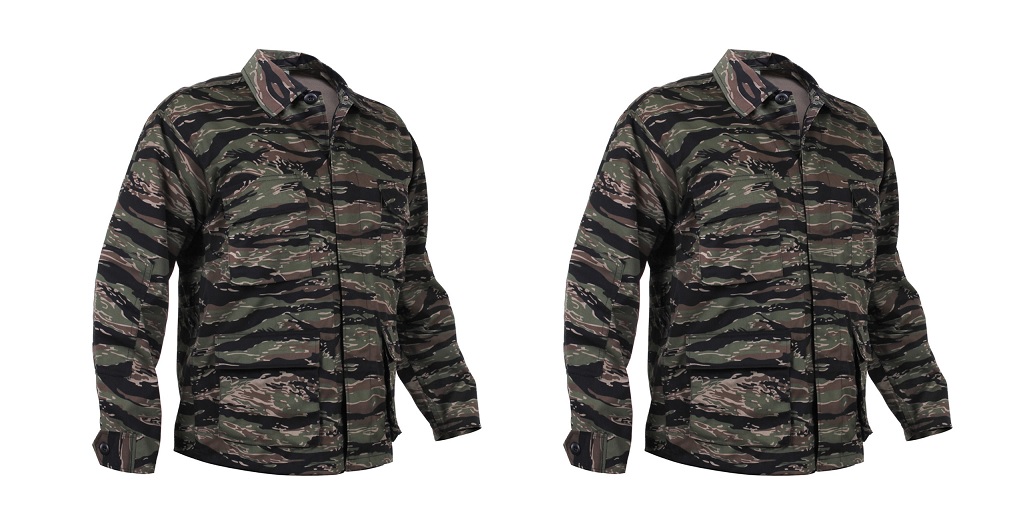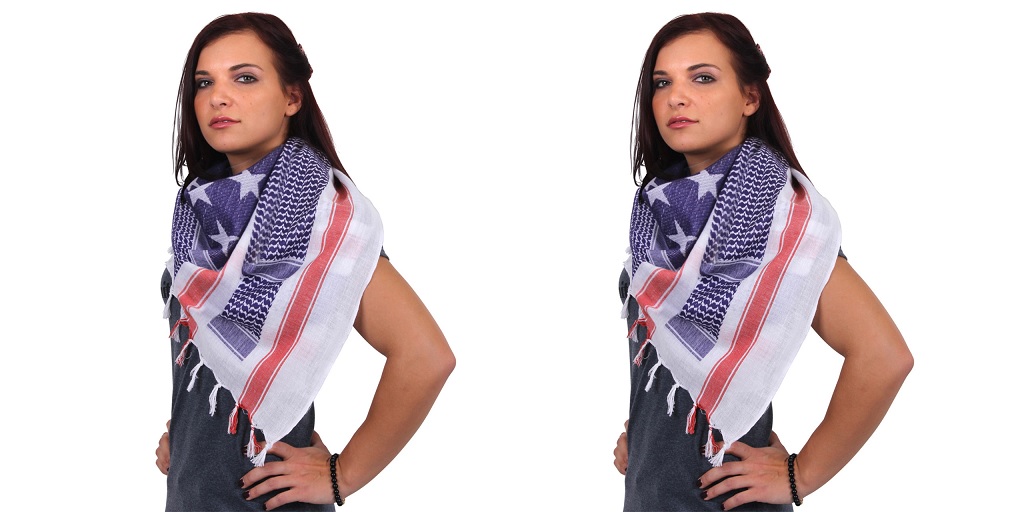Camouflage is nothing new, and it’s been around for as long as people have been trying to conceal their positions, either from wary game or from an opposing military encampment.
So you have, as a conservative estimate, almost a hundred years of modern patterns to sift through – just modern patterns – if you want to find something that works for you.
Well, consider these, as they are some of the best, and some of the most versatile overall.
MultiCam
MultiCam is one of the newer camouflage patterns out there and was developed by the United States after it was determined that UCP (everyman’s “digital” camo) was highly ineffective.
The cool thing about MultiCam is that it is designed to work well against basically any color backdrop with the exception of snow. Apparently, your brain sees only the colors in the pattern that match the backdrop and psychologically fills in the rest.
MultiCam also evidently works well at close ranges – a unique feature among camouflage patterns.
US Woodland
This is a classic among classics, which was in service between 1981 and 2006, and which is still widely used by sportsmen and MilSim aficionados around the world – among others.
In fact, it has been so widely used that it is the blanket pattern that most people think of when they hear the very word “camouflage.”
It consists of an interlocking pattern of irregular macros and micros ranging in color from black to beige to dark green.
It works best at intermediate to far ranges, and against a predominant green or dark backdrop, which makes it useful in most wooded locations. The one issue is that up close, the pattern tends to break down and become more visible.
Realtree EDGE
Realtree EDGE is probably Realtree’s most popular camo pattern and is effective during most seasons at both close and long ranges.
It contains lifelike micros of sticks and leaves, against a somewhat brown-ish backdrop, making it effective in late fall, winter, and early spring.
It’s just one camo pattern produced by Realtree, though – there are many other good ones.
Mossy Oak Obsession
Mossy Oak Obsession, designed more for sportsmen than for the military, is composed of more lifelike micros against a natural-colored background.
You can actually discern tree bark, twigs, sticks and leaves among the micros, with a predominantly brown and green background.
It is highly effective in most wooded settings, even better than US Woodland. The one problem is that it’s only effective in the early spring and summer when there is a lot of green in the woods.
MARPAT
MARPAT, short for “Marine Pattern,” was the first digital camouflage pattern adopted by the Marines in the early 2000s.
It’s like a darker and more effective version of UCP that is more effective in shady, wooded locations, and which one print you like the other one will.
Tiger Stripe Camo
Tiger Stripe camo, which was developed during the Vietnam War and was intended to conceal a wearer in a jungle, is very like US Woodland in color and pattern, except the micros and macros are slashed, like tiger’s stripes, rather than being irregular in form.
Tiger Stripe camo in an appropriate colorway can be highly effective in wooded locations, just like US Woodland, Mossy Oak, and Realtree camo.
Kryptek Highlander
Kryptek Highlander is a highly effective camouflage pattern for high, dry locations, such as the American West, and especially in the winter. Part of the efficacy of Kryptek patterns (not just this one) has to do with how Kryptek uses an amalgam of sharply defined and hazy micros and macros to create the illusion of depth, making it effective at both close and far ranges.
Be Hidden
If one of these camo patterns isn’t for you, rest assured there’s one out there that’s good for your intended use. You just need to find it – so get looking.
For more information about Kids Combat Boots and Camo Shirt please visit:- Fatigues Army Navy & Surplus Gear Co

